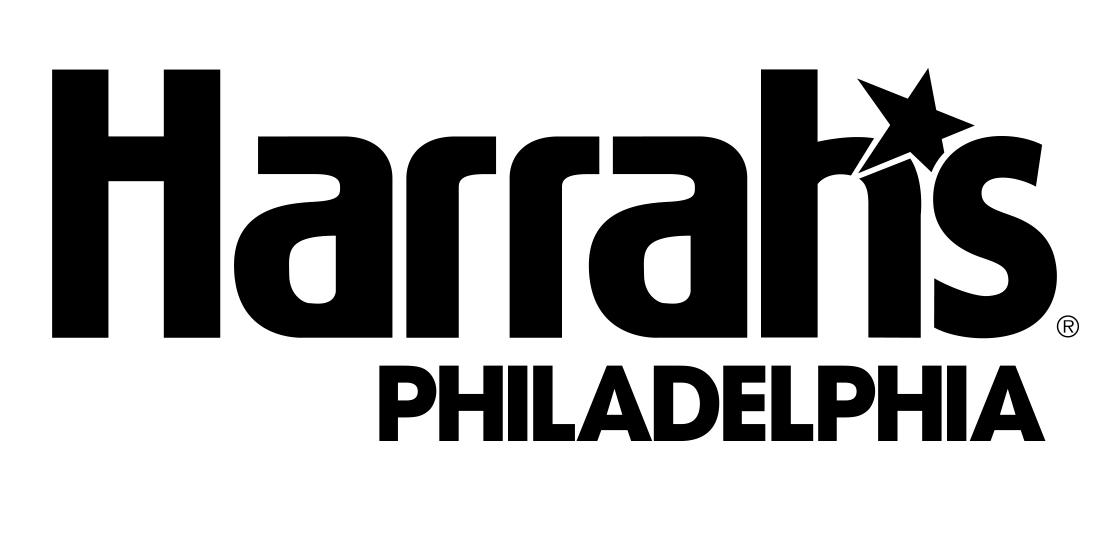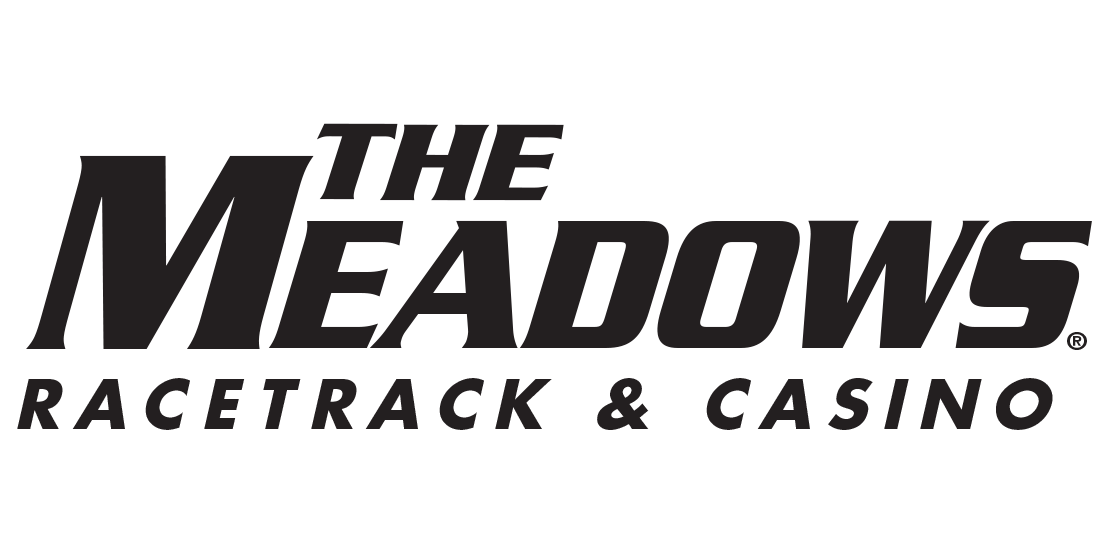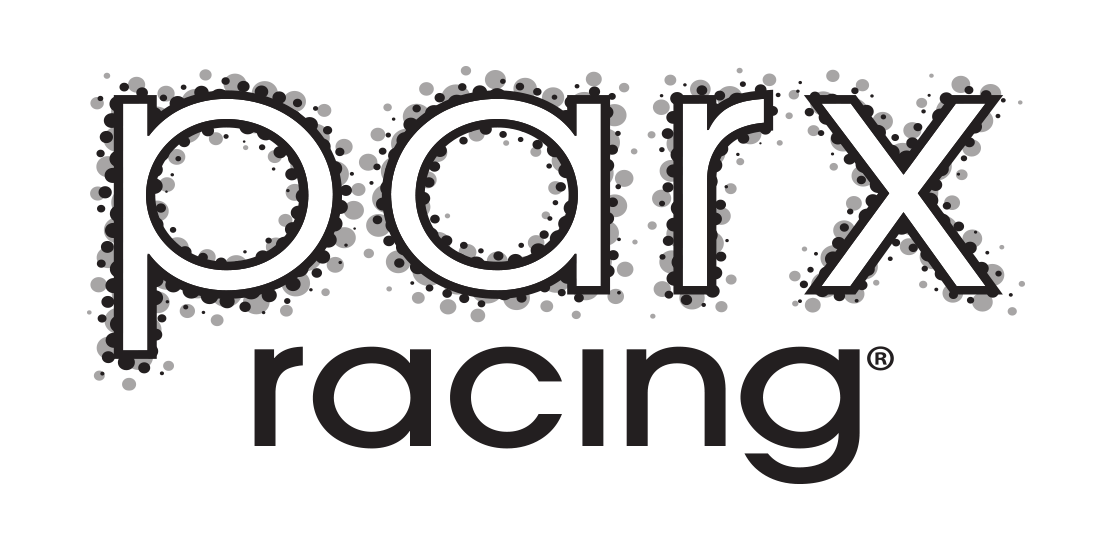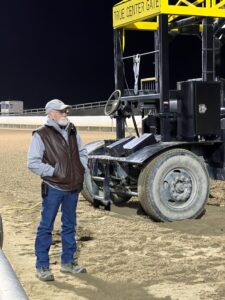 Antes de que los caballos lleguen a la puerta de salida en cualquiera de las pistas de Pensilvania, se evalúa su salud y solidez para asegurar que estén en condiciones de competir. La seguridad y la salud de todos y cada uno de los caballos de carreras son la máxima prioridad.
Antes de que los caballos lleguen a la puerta de salida en cualquiera de las pistas de Pensilvania, se evalúa su salud y solidez para asegurar que estén en condiciones de competir. La seguridad y la salud de todos y cada uno de los caballos de carreras son la máxima prioridad.
La evaluación de los caballos y la determinación de su raza sana y en forma es de suma importancia, y esas inspecciones las realiza inicialmente la Comisión Estatal de Carreras de Caballos.
Después de la evaluación, el veterinario de pista interviene para una inspección adicional, y en Hollywood en el hipódromo nacional de Penn, el Dr. Jerry Pack, DVM maneja las responsabilidades de esa importante posición.
“He practicado 19 años en la parte trasera de una pista de carreras”, dijo el Dr. Pack. “He practicado en numerosas pistas de carreras y trabajé para la Comisión de Carreras durante aproximadamente 14 años y medio. Llevo unos 13 años en Penn National”.
“Soy el veterinario de la Asociación en Penn National”, explicó. “Voy a echar un vistazo a los caballos después de que hayan tenido su inspección previa a la carrera de la mañana después de haberlos mirado en el paddock. Voy a verlos por última vez con un jockey en la espalda”.
Su relación laboral con los jockeys es sólida. “Mi relación con los jinetes es excelente. Ellos saben que mi regla es que, si no les gusta cómo va un caballo, si veo que el caballo está mal o cojo o no, no voy a dejar que ese caballo corra. Así que dependo mucho de esos jinetes”.
“Ciertamente, si veo un caballo cojo, les guste o no, lo voy a arañar. Pero dependo de esos jockeys porque van a sentir más de lo que voy a ver”.
El Dr. Pack continúa vigilando a los caballos mientras terminan la carrera. “Dependiendo de dónde esté, porque estoy en la puerta de salida, así que si estamos en la rampa de 3/4, estamos corriendo 3/4 de milla, puedo ver a esos caballos como se detienen y ven si hay algún problema con ellos. Si estoy en la parte delantera, si la puerta está en la milla dieciséis, los veré detenerse cuando desensillen. La mayoría de las veces, dependiendo de dónde esté, realmente los miro. Los veré después de la carrera, solo dependiendo de qué tan buena sea el área de visión”.
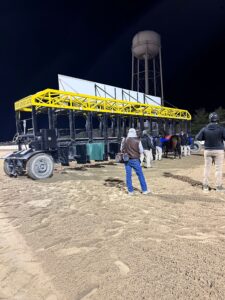 horse. “Either me or the Commission veterinarian that is in the saddling paddock will make a decision; is this horse severe enough that we need to watch him work, or is it something minor that we may just need to examine this horse prior to his entry to run again? So that is the discretion of the veterinarian, whoever is looking at that horse. Now, if there is something that happens on the racetrack during a race, and a horse pulls up or something like that, then that is me because I will go with the ambulance to pick that horse up. Any time that ambulance goes on the racetrack, I’m there.”
horse. “Either me or the Commission veterinarian that is in the saddling paddock will make a decision; is this horse severe enough that we need to watch him work, or is it something minor that we may just need to examine this horse prior to his entry to run again? So that is the discretion of the veterinarian, whoever is looking at that horse. Now, if there is something that happens on the racetrack during a race, and a horse pulls up or something like that, then that is me because I will go with the ambulance to pick that horse up. Any time that ambulance goes on the racetrack, I’m there.” “I have had an ‘open door policy in my office forever, and I have encouraged the trainers that, during training, if they start seeing an injury, or something coming up like horses coming back with sore ankles. And if I see something developing, or I think is developing, the first place I go is to track maintenance. I tell them ‘this is what I’m hearing of the horses training in the morning’. So we are proactive, trying to stay ahead of the curve.”
“I have had an ‘open door policy in my office forever, and I have encouraged the trainers that, during training, if they start seeing an injury, or something coming up like horses coming back with sore ankles. And if I see something developing, or I think is developing, the first place I go is to track maintenance. I tell them ‘this is what I’m hearing of the horses training in the morning’. So we are proactive, trying to stay ahead of the curve.”